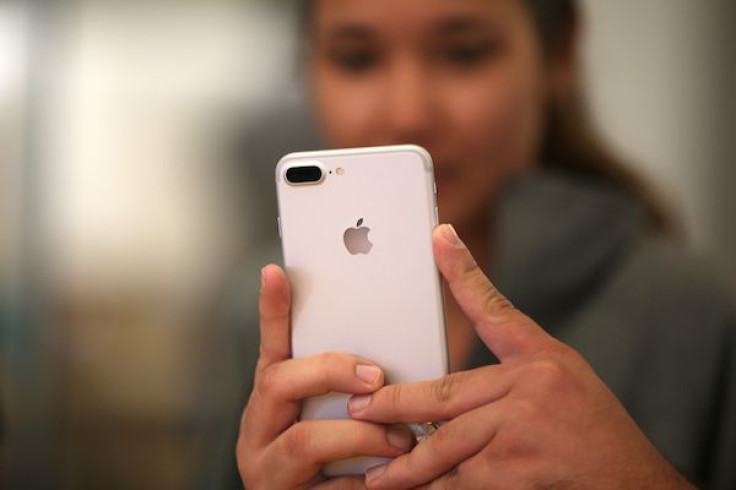iPhone Randomly Restarts, Turns Off? This Is Why Your Phone Shuts Down When It's Cold Outside

Picture this: You’re out enjoying a walk in the snow, or a day on the slopes, and you take your phone out to snap a picture of your surroundings, you open the camera, and your phone promptly shuts off.
Sound familiar?
This was happening to me on a far too frequent basis for my liking so I decided to look into it.
A quick search resulted in an Apple page that outlined the optimal conditions under which to use an iPhone (these rules also apply for iPods and iPads). The devices should be kept between 32 and 95 degrees Fahrenheit it said and warned that “Low- or high-temperature conditions might cause the device to change its behavior to regulate its temperature.” That change in behavior could mean anything from the screen dimming or going black, camera flash not working, or the device turning off completely.
This made sense. The batteries used in iPhones, iPads, and iPods are all lithium-ion batteries. According to Apple, it uses these batteries because they charge faster, and last longer than other types of batteries. But with those perks come the downside of the battery being somewhat temperature sensitive. That’s why Apple recommends keeping your devices within that temperature range. Exposure to extreme heat, as well as charging the device in extreme heat can lead to permanent damage to the battery’s capacity.
Next I turned to Apple Support to make sure there was nothing wrong with my battery. I used the chat function on the site to connect with a support representative who remotely ran a diagnostic test on my phone. The test showed that the battery in my two-year-old iPhone 6 is still functioning at full capacity. However, the rep told me that my battery is breaking down a bit since I’ve charged it over 625 times, and the average is usually only about 500 full charges. They also recommended that I update my software. However, they never mentioned the fact that lithium-ion batteries fail in the cold sometimes.
So I turned to Reddit and Apple forums, I checked threads for anyone else having the same issues as me, within the temperature range recommended by Apple. Sure enough there were others like me. But after looking through most of the posts it seemed there was one clear answer, one user put it simply, “this isn’t iPhone problem...it’s just the nature of the Li-Ion battery chemistry. ” I never have the chance to check the precise temperature when my phone dies in the cold because, well, my phone is dead. But if I had to guess I’d say most times it’s been below 40 degrees, pretty close to that lower range of temperatures Apple recommends. A number of factors like duration in the cold, where the device is stored, and even what type of case is on it can impact the battery performance in these tricky temperatures. So next time your phone shuts off seemingly for no reason, note the temperature, and know you’re not the only one struggling to post that perfect pic to Snapchat on a snowy day.
© Copyright IBTimes 2024. All rights reserved.











